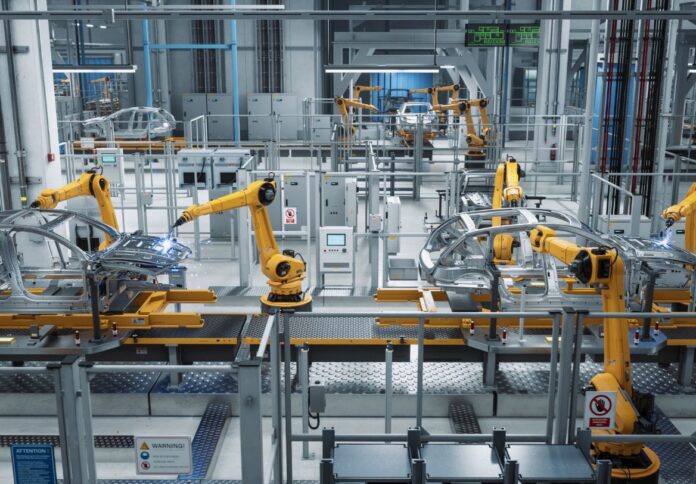
Australia’s manufacturing sector conditions further deteriorated at the start of the second half of 2024, according to the latest PMI data from Judo Bank.
The headline seasonally adjusted Judo Bank Australia Manufacturing Purchasing Manager’s Index (PMI) posted 47.5 in July, up from 47.2 in June.
This indicated a sixth successive monthly deterioration in manufacturing sector conditions, albeit at a slightly slower pace than in June.
A reduction in new order inflows, including the fastest reduction in export orders in four years, led to output declining at a solid pace in July.
As a result, employment, purchasing, and inventory levels all fell. Moreover, the drop in staffing levels was the most pronounced since June 2020.
“Output and new orders are both weak, back to levels seen at the cyclical low point late last year,” noted Warren Hogan, Chief Economic Advisor at Judo Bank.
“There are also indications of genuine caution from Australia’s manufacturers with the inventory holdings of both inputs into production and final goods at cyclical low points,” he added.
Meanwhile, supply constraints persisted and cost pressures intensified, but sentiment in the Australian manufacturing sector improved in the latest survey period.
Manufacturing production contracted at the fastest pace in four months, underpinned by a reduction in new orders in July.
Elevated interest rates and softening demand conditions were mentioned by panellists as reasons for the downturn in demand.
Likewise, for export orders, a deterioration of foreign demand conditions and intensifying competition underpinned lower inflows of new work from abroad.
The rate of contraction in overall new orders eased from June, in contrast to export orders falling at the fastest pace in four years.
Employment levels declined for a second successive month in July, attributed partly to redundancies amid falling new work.
The rate of job shedding was solid and the fastest in just over four years. Concurrently, purchasing activity contracted in July alongside reductions in both new work inflows and production.
This led to another sharp fall in stocks of purchases, with anecdotal evidence further revealing that Australian manufacturers were hesitant to hold additional stocks during a period of falling demand.
“The employment index remains below the 50 level, pointing to a contraction in staff numbers in Australian manufacturing,” Hogan continued.
“While this is consistent with cyclical weakness in the sector, it could also be pointing to structural trends such as increased use of labour-saving technology.”
Lead times continued to lengthen for Australian manufacturers. The worsening of port congestion around Singapore and shipping disruptions in the Red Sea region resulted in greater shipping delays in July, according to panellists.
Furthermore, transport prices increased, which alongside higher raw material prices led input cost inflation to intensify in July. The rate of output price inflation was unchanged from June, however, and well below the series average.
“Input prices were stable in July and although elevated well above the 50 index level are near the lowest point seen in recent years,” Hogan explained.
“Accordingly, the output index, which should provide some insight into goods price inflation, is relatively low and consistent with the RBA’s 2% to 3% inflation target.”
Overall, sentiment in the Australian manufacturing sector remained optimistic.
Despite confidence levels being amongst the lowest in the year-to-date, sentiment improved from June with firms hopeful that better economic conditions in the year ahead can help to drive sales.
“The Future Output Index improved a little in July and is strongly in positive territory above the 60 index level but relative to history, this measure of confidence is subdued,” Hogan added.
“Considering the current weakness in manufacturing activity, this all points to profit pressures in the sector.”
“It is not clear that Australia’s manufacturing sector is in recession, but it is struggling to grow,” Hogan concluded.
“The macroeconomic implications of these recent outcomes are limited given that manufacturing makes up a very small share of Australian economic activity. As the broader economy navigates a difficult environment, it is clear that Australia’s manufacturing sector is not expanding and the elusive revival of Australian manufacturing industries may have to wait for another day, or so it seems.”




















